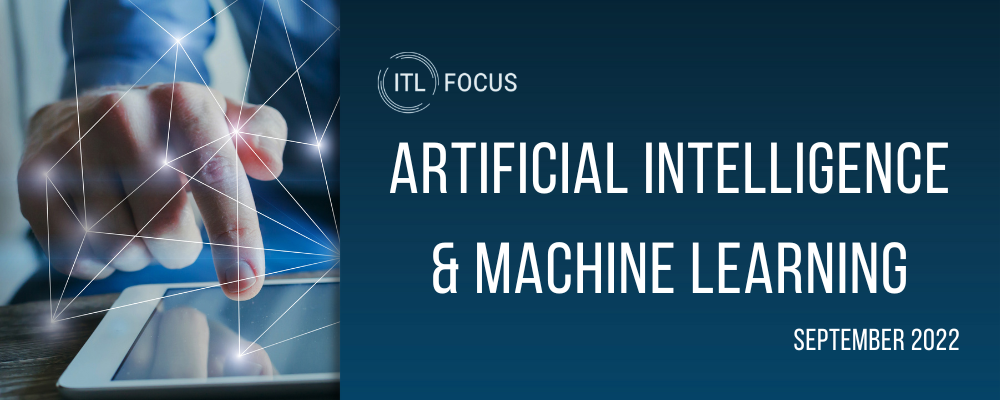Employer-sponsored healthcare remains one of the most sought-after employee benefits across America. Unfortunately, rising premiums have made it difficult for many plan participants to continue coverage. According to Willis Towers Watson, employers can expect health coverage costs to jump at least 5% to 9% over the next year. Randa Deaton of Purchaser Business Group on Health predicts a 10% to 12% increase.
Why does this larger-than-usual jump matter? According to Axios, this latest ballooning cost is expected to be passed down to nearly half of Americans who currently receive coverage through their employer. Rising costs of employer-sponsored healthcare premiums have forced many companies to reduce benefits, lower contributions or eliminate health plans altogether.
Much uncertainty remains concerning how much more and for how long premiums will rise. In the meantime, it is important for employers to understand the severity of these increases and what they can do to reduce costs while maintaining quality benefits.
Rising Premiums - Why?
According to Mercer’s 2021 National Survey of Employer-Sponsored Health Plans, the average per-employee cost of employer-sponsored health insurance increased 6.3% in 2021.
Many employers have chosen to pass on these costs to their workers, resulting in a high degree of scrutiny. Employers struggle to maintain an affordable healthcare plan that is accessible to everyone while facing rising cost pressures. Finding a solution to these rising costs is critical to retaining talent, reducing turnover and maintaining morale.
Healthcare costs in the U.S. have risen dramatically over the past several decades. In fact, a study by the Kaiser Family Foundation (KFF) and the Peterson Center on Healthcare found that, when adjusted for inflation, healthcare spending increased nearly $1 trillion from 2009 to 2019. The study showed that healthcare spending in 2019 was nearly $3.8 trillion, or approximately $11,582 per person. These costs are expected to reach $6.2 trillion, or around $18,000 per person, by 2028.
What exactly is causing this rapid rise in employer-sponsored healthcare costs? A combination of factors is at play. Inflation is a leading cause. Health spending and medical care costs typically outpace growth in the rest of the economy. Moreover, healthcare expenses represent a large share of gross domestic product, and many families are feeling the pressure as the cost of health services and premiums start to grow at a rate that surpasses their wages.
Increased provider expenses may also be to blame. Currently, hospitals and healthcare providers are well-positioned to demand higher prices. A recent report by the Center for Studying Health System Change found partnerships and mergers between insurers and medical providers to be one of the most prominent trends in the country’s healthcare system. Lower individual market competition has put insurers and providers in a position where, without opposition, they can drive up healthcare service prices.
The COVID-19 pandemic has also played a critical role in rising premiums. Throughout much of 2020 and into 2021, many states were shut down to prevent the spread of the coronavirus, preventing many individuals from receiving the care they would normally receive otherwise. Now that the country is open again, consumers’ use of healthcare services continues to rise as more people schedule the care that they deferred during the pandemic.
See also: How Synthetic Data Aids in Healthcare
Customized Healthcare Plan Solutions
As healthcare premiums continue to rise, many employers are left unsure of how to keep coverage expenses manageable. Most businesses do their best to avoid passing on increased costs to employees but may feel compelled to cut back on benefits or reduce contributions to make up for rising premiums. Many employers are turning to customized healthcare solutions to maintain quality benefits for their workforce while finding opportunities to increase insurance premium savings.
Custom health plans allow employers to shop competitively the vendors inside of their health plan, like their pharmacy benefit manager, claims manager and reinsurer. This results in cost savings compared with typical off-the-shelf health plans from insurance carriers while maintaining the same quality of coverage.
As an example, prescription spending accounts for 27% of a plan’s overall claims on average, according to Milliman. Inputting a more efficient pharmacy benefit manager often results in a 50% reduction in overall Rx spending without restricting access to pharmacies or prescriptions for members. These savings are substantial for businesses looking to find ways to reduce healthcare costs and improve benefits.
Another major benefit with custom plans is they can be built onto all the major national networks: Blues, United, Cigna, Aetna and Humana. So, these plans have no sacrifice to doctors or facilities for employees and their dependents. With flat monthly premiums, they also have the same cashflow predictability as off-the-shelf retail health plans.
By enrolling in a customized healthcare solution, businesses can gain more control over the selection of their healthcare plan and can choose a policy that better fits their employees’ unique needs. Customized healthcare plan designs can also result in significant savings for employers without the need to reduce employee benefits or employer contributions. This type of solution can be a win-win for both employers and employees in the long term.


































